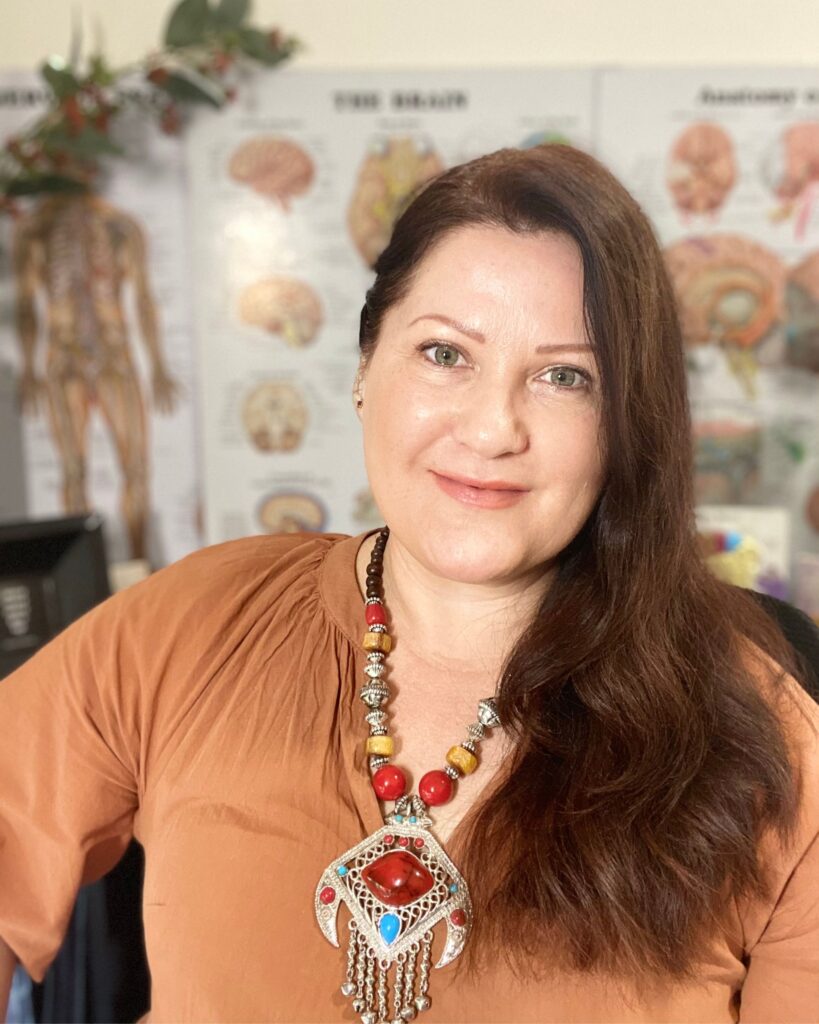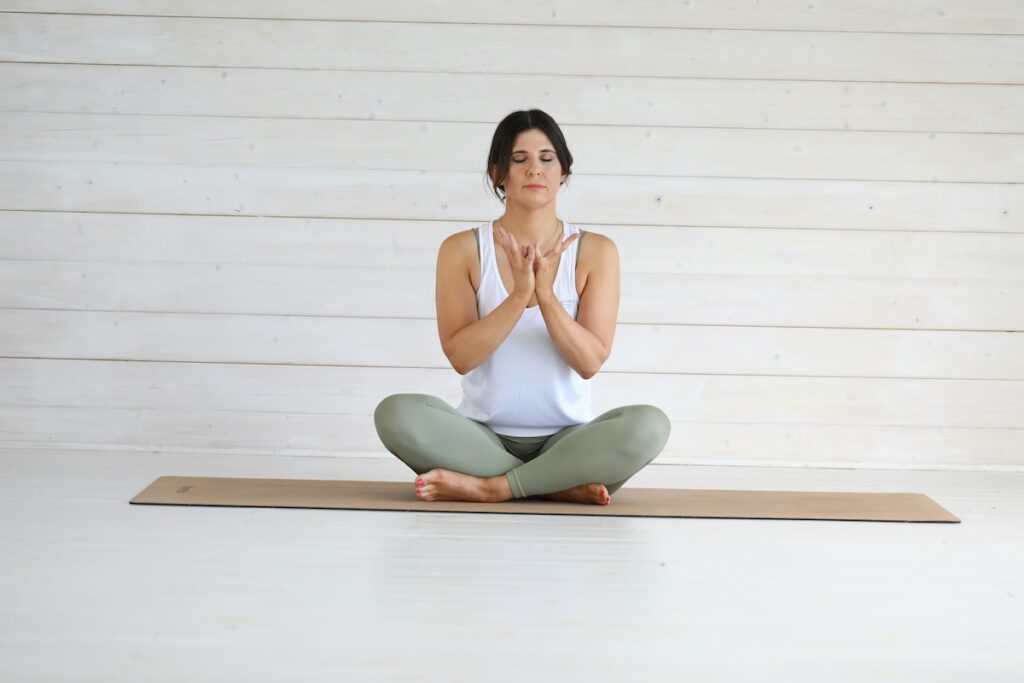I think setting Healthy Personal Boundaries are an expression of self-respect – and a statement about self-responsibility.
They are designed to protect our health, happiness and wellbeing by not allowing other people, situations or opinions to move into our sacred personal space and infiltrate areas they are not welcome.
If you feel uncomfortable with someone else in your space, if you feel angry when other’s won’t listen, or when other’s continue to mistreat you or behave in inappropriate ways, then you may need to step up and start getting clear and firm about your personal boundaries.
Healthy boundaries are necessary to protect all areas of your life.
For that reason, I’ve always put them into four separate categories:
1. Material boundaries determine whether you feel comfortable giving or lending your belongings such as your money, car, clothes, or books and under what terms.
2. Physical boundaries help you determine your safety, respect and comfort levels, being clear on who may enter your space or touch you and under what circumstances.
3. Mental boundaries apply to your thoughts, values, feelings, and opinions and your right to have them even when others disagree or disparage you unfairly.
4. Emotional boundaries protect you from assuming responsibility, guilt or shame for someone else’s negative words, problems or behaviours, and not taking others’ comments personally.
Instead of feeling angry and resentful at being used or undervalued, we have an opportunity to start loving ourselves by the same standard we often behave towards others. Think of it as a reciprocal respect.
When you get clear on and affirm your personal boundaries, it’s akin to boldly declaring to the Universe, “This is what I want, and that is what I don’t want.”
To those in your circle, it’s confidently saying:
How to Set Healthy Boundaries:
- You are not responsible for the other person’s reaction to the boundary you are setting. You are only responsible for clearly and respectfully communicating it.
- Setting boundaries takes practice and determination. Don’t let anxiety about what others will think, or low self-esteem prevent you from taking care of yourself.
- When you feel anger or resentment or find yourself whining or complaining about someone is treating you, it’s probably a sign that you need to set a boundary.
- When you identify the need to set a boundary, do it clearly, calmly, firmly, respectfully, and in as few words as possible. No need to justify, get angry, or apologise for the boundary you are setting. You are well within your right. If a boundary upsets the other person, be confident knowing it is not your problem. Some people – especially those accustomed to controlling, abusing, or manipulating you – might test you in the early days. Plan on it, expect it, but remain firm.
- Remember, your behaviour must match the boundaries you are setting. You cannot successfully establish a clear boundary if you send mixed messages by apologising.
Learning to set healthy boundaries takes time and support. Self-awareness and learning to be assertive are the first steps.
Communicating healthy boundaries and enforcing them, builds self-worth and confidence and truly makes you a happier person from the inside out.
Featured image by Priscilla Du Preez on Unsplash.

Author:
Viki Thondley
Viki Thondley-Moore is an Integrative Holistic Counsellor, Brain-Based Coach, Clinical Hypnotherapist, Mind-Body Somatic Practitioner, Wellness Coach, Meditation Teacher, Educator and Disordered Eating Specialist. Viki is founder of MindBodyFood and Founder/Director of the MindBodyFood Institute.
DOWNLOAD OUR COURSES GUIDE
Learn More About Our Course Offerings and Discover Which New Wellbeing Career Best Suits Your Passion!








